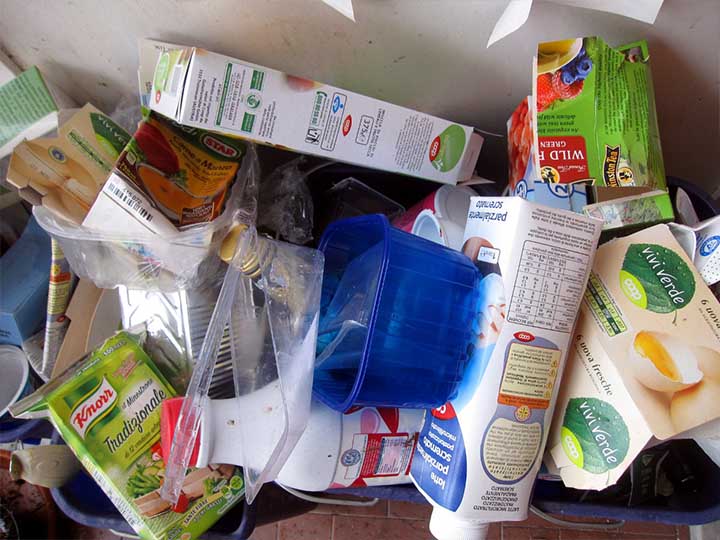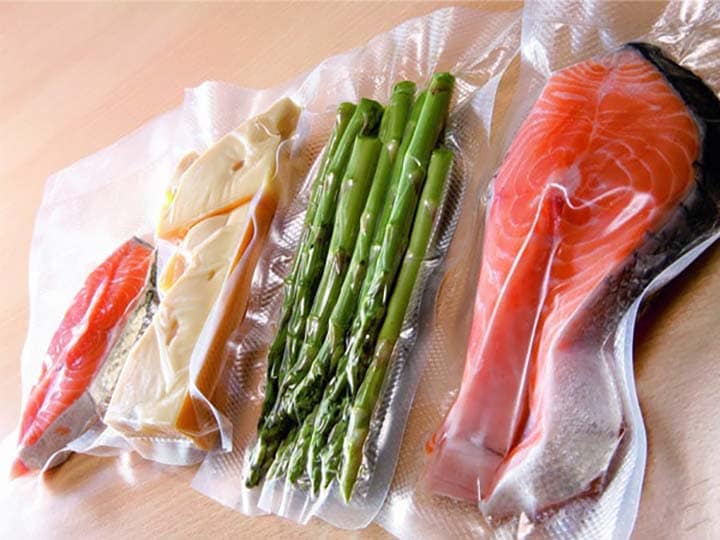A Global Challenge: Food Waste and Package Waste
Nowadays, These two major issues are critical to economic environmental, and social challenges. You’ve probably seen a lot of debate and discussion on this topic, but you never talk about it much. The Environmental Protection Agency reports that in the United States, food waste is estimated to make up the food supply of 30 to 40 percent, while plastic and other packaging waste accounts for about 30 percent of total U.S. trash each year or about 26.8 million tons of plastic sent to landfills in 2017.
The current situation of food waste
More than 30% of the food produced globally is wasted, worth $1 trillion and weighing 1.3 billion tons. That’s a staggering figure. According to Alessandro Demaio, CEO of EAT Norway, less than a quarter of the food wasted could feed all hungry people in the world. Food waste is a pervasive problem throughout the life of food: from its production to its processing, transportation, retail, and the final consumer. Some waste is inevitable, but most of it is avoidable.

The current situation of package waste
Packaging waste mainly includes plastic garbage and waste paper. Many products are under the condition of unnecessary excessive packaging using too much paper. However, paper is easy to recycle, so it is not really a problem for the environment. Plastic, by contrast, is not easy to degrade, making it harmful to the environment absolutely plastic garbage has become a hot topic in the world, and its management has become a focus. Plastic waste has become a target as the mass production of single-use plastic products overwhelms the world’s ability to dispose of them. Single-use plastic packaging currently accounts for 40% of the plastic produced each year, with many such as plastic bags for food wrappers and food packaging. They’re actually only used for a few minutes or a few hours, but they stay in the environment for hundreds of years before they degrade.

Food waste vs package waste
Obviously, we can make the simple argument that we need proper food packaging to reduce food waste but where is the balance? There’s an ongoing debate about whether plastics do more damage to the planet than they do good. Let’s look at it from the perspective of food packaging.
Plastic has been on the planet for hundreds of years because it’s not biodegradable and if you’ve ever been to a garbage dump, the amount of plastic in all its colors is going to blow your mind but everybody agrees that the natural degradation of food is a big contributor to global warming.
Food waste is all the more disturbing when we know that millions of people still don’t have enough food to eat, according to a study by the Flexible Packaging Association (FPA), two-thirds of food waste is due to spoilage, while one-third is due to oversupply, Therefore, we should try to reduce food waste by proper packaging, while optimizing the whole packaging cycle to minimize the impact on the environment. In order to circular economy and sustainable development, both packaging and food should make maximum use of all resources.
Therefore, instead of eliminating packaging, the industry should choose packaging materials and designs that prevent food from spoiling.
Great food packaging solutions help reduce food waste
Food waste occurs in the whole process of food production, transportation, storage, processing, and cooking. Food packaging plays an important role in reducing the loss during transportation and storage. The most effective way to protect food and reduce packaging is to use new food packaging machines, such as active packaging barrier films and nanotechnology.

Correct packaging design is also important
The appropriate packaging design also helps to reduce food waste of good packaging design can make it easy to handle in the entire supply chain, or by other packaging performance characteristics to convenient packaging should be easy to handle and complement, no mechanical damage may result in food waste. Other packaging designs Such as easy open the total distribution and can be closed again. Overflow also helps to reduce food waste package sizes should be optimized according to the market and consumer choice, in order to prolong the shelf life and reduce packaging waste. For example, if the nuclear family and buys a large packet can’t finish the products before product deterioration, you might waste a lot of food. But, buying too many single packing may lead to unnecessary waste.
Finding the correct balance between food waste and package waste
In most of the debates, people always focus on packaging waste directly impact on the environment, while ignoring the indirect effects of food waste in the food packaging design, we should be to assess the effect of food waste and packaging waste on the environment, to evaluate the overall consequences, In addition, you can through the following ways to reduce packaging waste:
- prevent the excessive packaging;
- Use smart packaging;
- Reduce packaging weight;
- Choose recycled packaging materials;
- And improve the collection and recycling of empty packaging.
